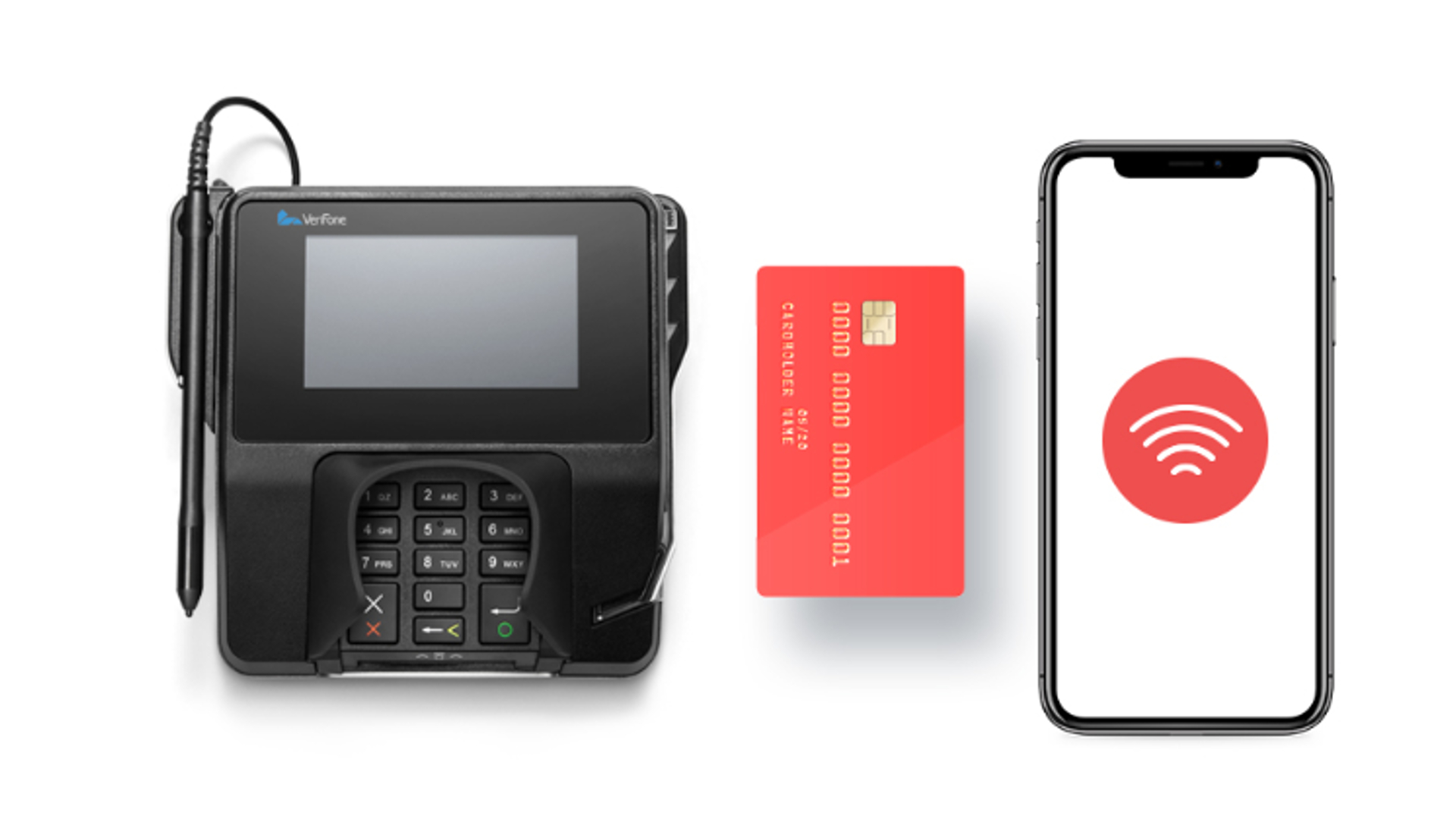

This can be especially true if you are used to using Lightspeed Onsite and Shopify. Shopify for eCommerce, and Lightspeed for POS) - but pairing them with their vertically-integrated alternatives doesn’t work for everyone. It really depends on the business.īoth Shopify and Lightspeed Retail are industry leaders within their respective wheelhouses (i.e. Additionally, some said that the lack of built in inventory management actually made their business more difficult to manage. Retailers tell us that the operating costs for an “all-in-one” Shopify solution end up running about the same as an equivalent integrated solution with the extra apps required. And if you rely on demand planning reports or use a service like Management One, it WILL be a dealbreaker. If you’re used to Lightspeed Onsites powerful inventory tools or run frequent sales, this might be a dealbreaker for you. This means added cost, complexity, and training. But this combo doesn’t suit everyone - most retailers need several third-party apps to get any inventory and price management functionality. There is a reason they have grown so quickly. Shopify’s eCommerce solution with Shopify POS offers a compelling user experience and is easy to use. With online now arguably as important or more important for connecting with your customers, you’ll want to think twice before switching your eCommerce platform. Redesign, migration, and relaunch can disrupt the shopping experience, and the capital expense may not be worth a modest reduction in your operating expenses. The most important insight that retailers’ shared with us about Lightspeed Ecom was that moving your website to another platform can take longer than expected and carry a higher than expected price tag. Lightspeed Ecom is working to expand the feature set and has added some truly unique features like built-in Appointment Scheduling.That said, there are some limitations around SKU count, page design, and multi-location functionality. But keep in mind that this all-in-one isn’t really a single system they are separate systems with an integration in the middle connecting the two. Lightspeed Retail POS integrated with Lightspeed eCom shows a lot of promise, and Lightspeed is making heavy investments in both. Our consensus view is that an all-in-one solution works great for about 30% of companies. We’ve listened to feedback from hundreds of businesses who have faced this problem. Great idea, right? In theory, an “all-in-one” solution will be simpler to manage, but simplicity also has some drawbacks. Lightspeed and Shopify offer “all in one” solutions that include both POS and eCommerce. Regardless of which solution you choose, Accumula can help you make a smooth transition and get the most out of your new stack.įirst, let’s look at the “All-in-one” solutions. Depending on your business, one option may be a better fit than the other (if you’re using Magento, there may be more to consider, contact us) but with Accumula’s new pricing options, the answer is more economical than ever.

Lightspeed Retail with Shopify EcommerceĮach of these options is cloud-based, requires no server or VPN, and needs less technical support.Heartland Retail with Shopify Ecommerce.Lightspeed Retail and Lightspeed Ecom “All-in-one”.

In this article, we’ll explore the most popular replacement options and share what we’ve learned directly from other retailers' experiences. In fact, there are several Lightspeed Onsite alternatives that may be just as good or even better for your business moving forward.

It is, but there are some compelling Lightspeed Onsite replacements available and most businesses are having excellent success migrating to the right solution. After the last year of uncertainty, you’re probably thinking this is terrible timing. Lightspeed Onsite is “retiring.” If you're a Lightspeed Onsite user, that's a polite way of saying that you’ve got another business challenge.


 0 kommentar(er)
0 kommentar(er)
